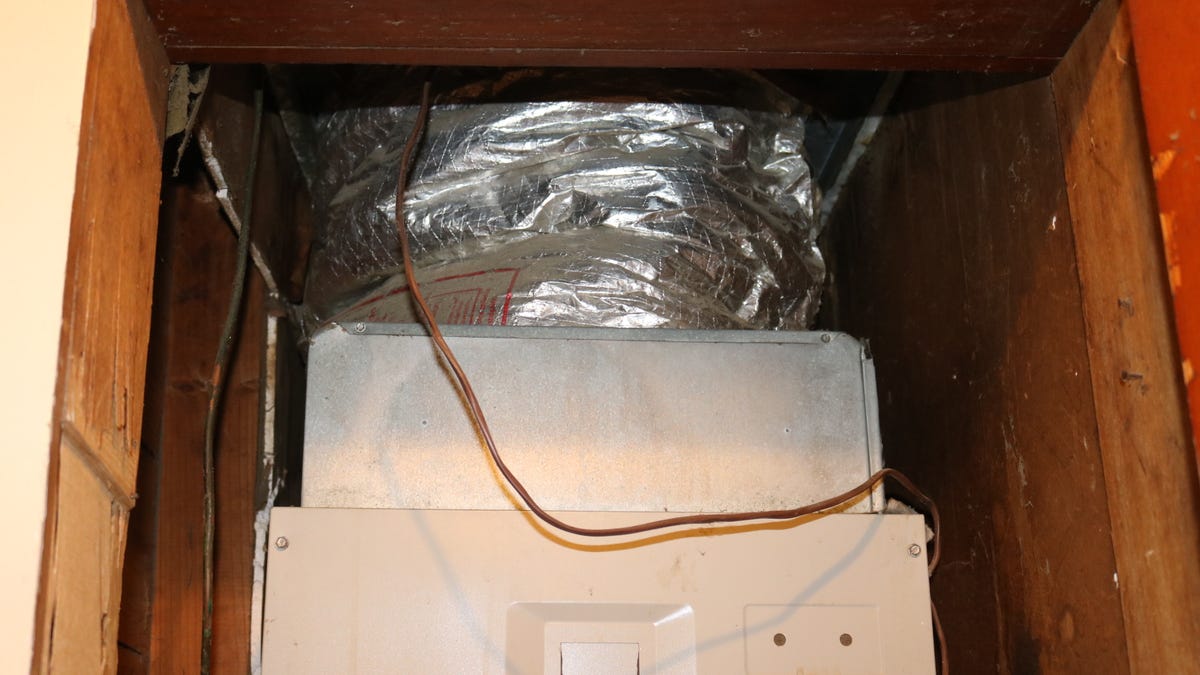Dysfunctional air ducts: Money wasters and safety hazards
Your air ducts could be wasting money, as well as endangering your family. Here's what you need to know.

The air duct at coming out of your heating unit is the best place to start looking for problems.
How many times have you thought about the air ducts in your home? Probably not very often. Even though these hidden tubes in your home don't get much love, they are important to your health, safety and utility bill.
If your ducts have holes, clogs and leaks, you are losing 20 percent of your AC's and furnace's efficiency. That means you're wasting money on keeping your home warm or cool.
Malfunctioning ducts can also be dangerous. Gas appliances give off combustible gases such as carbon monoxide. When your ducts are working properly, these gases are carried away. If the ducts are leaking, the gasses can be drawn back into the home, making the air toxic.
Here are some clues that may have a problem and what to do if your ducts are dysfunctional.
How to check your ducts
The biggest clue that your ducts may have holes, leaks or clogs are heating and cooling problems. If you set your thermostat and the room temperature takes hours to change just a few degrees, you most likely have a problem.
Another sign is the air in your home always feels stuffy or stale. The ducts may not be pulling air through properly, letting it stagnate.
What to do if your suspect a problem
Since ducts are typically hidden away, it can be hard to find the source of the problem yourself. The best thing to do is call a professional. Usually, HVAC repair shops can handle locating and repairing the problem.
If you really want to try to find the problem yourself, look for holes or rips, since clogs can't be diagnosed by homeowners. Start by looking at the ducts coming directly from your unit. These are susceptible to damage because they are more exposed than your other ducts. Next, go into the attic and inspect any exposed ducts. Often, rodents or birds can get up there and damage them.
When you find a hole, don't use duct tape, even if its name implies that it's perfect for the job. The best repair tool is mastic or metal (foil) tape. It lasts much longer than duct tape and creates an airtight seal. Both can be found at hardware and home improvement stores.
While you're looking, keep an eye out for ducts that are kinked or bent at an extreme angle. This can block air flow. Straightening them out could be the answer to your problems.
So you've got the holes repaired, kinks straightened or can't see any damage, but still have problems? Your ducts might have a clog. You'll need to call a professional.

